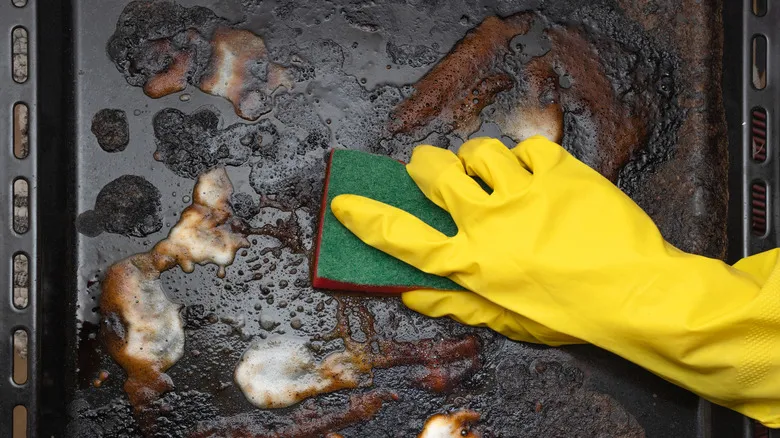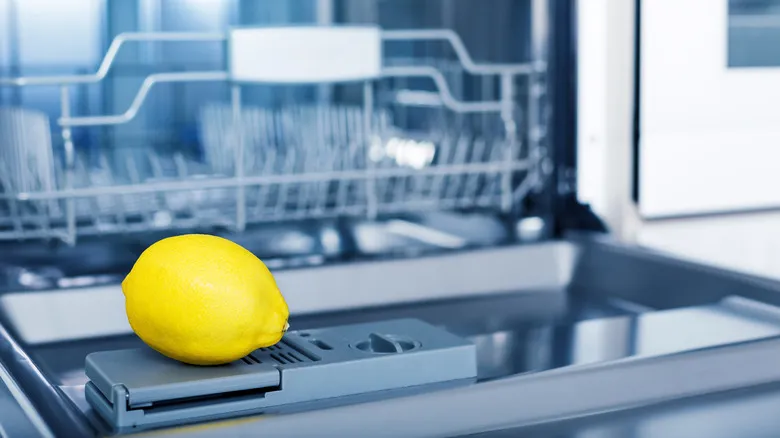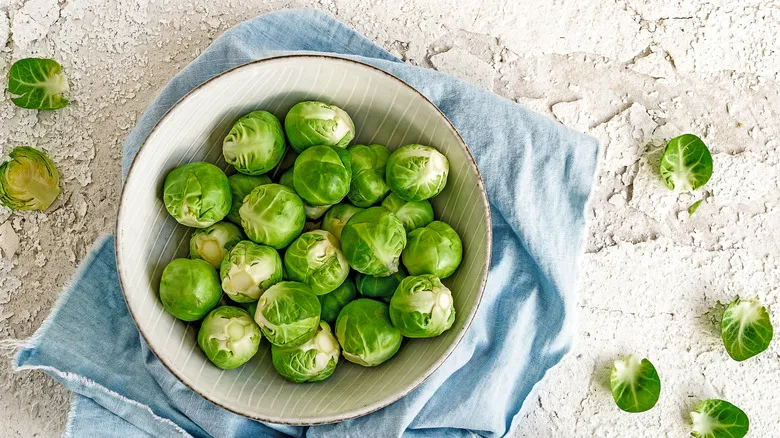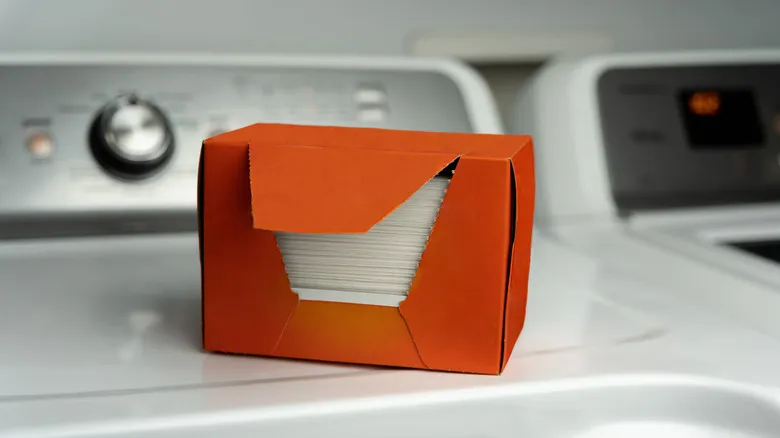Better ways to clean your dirty sheet pans

Although dryer sheets should be kept away from your sheet pans, there are numerous effective methods to make even the dirtiest pans shine like new. One of the most effective techniques involves mixing vinegar and cream of tartar. While baking soda is often considered a go-to cleaning solution — and we will discuss that later — cream of tartar, a byproduct of winemaking, is equally effective at removing grime. To use this method, simply cover your pan with cream of tartar and dampen it with white vinegar. Allow the acidic mixture to sit for about eight hours, and then wipe your pans clean with minimal effort.
Another approach involves combining baking soda and hydrogen peroxide. After coating the pan with baking soda, spray it with peroxide and let it sit for a few hours or overnight if possible. This method requires some scrubbing, but it’s much less labor-intensive than using dish soap and hot water. The effectiveness of this combination comes from the carbon dioxide produced, which helps to loosen stubborn residue. However, it’s important to never mix peroxide with vinegar, as this creates a corrosive substance called peracetic acid that can be harmful.
Additionally, avoid mixing vinegar with baking soda, as the acidic vinegar and basic baking soda neutralize each other, resulting in a mixture of salt and water that is not effective for cleaning. If you want to use vinegar for cleaning your sheet pans, it works best when combined with cream of tartar, while baking soda pairs well with hydrogen peroxide.
Recommended

How A Lemon Keeps Your Dishes And Dishwasher Fresh

The Best Way To Clean And Prep Brussels Sprouts

Safely Cleaning Your Cheese Grater Without A Dishwasher

Easily Clean Your Wine Decanter With This Simple Ingredient
Next up

